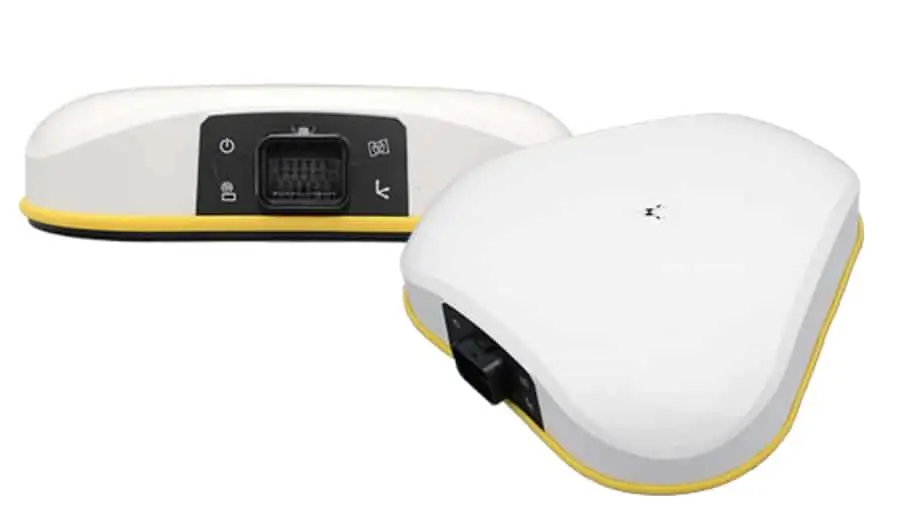Trimble has introduced a pair of new high-precision Global Navigation Satellite System (GNSS) smart antennas that are suitable for a wide range of unmanned systems and robotics applications including autonomous unmanned ground vehicles (UGVs), precision agriculture and mobile mapping.
The Trimble AX940 and AX940i offer multi-frequency, multi-constellation support for GPS, Galileo, GLONASS, BeiDou, QZSS and NavIC, and provide reliable centimeter-level accuracy under a variety of conditions. Both antennas can take advantage of Trimble RTX correction services without the constraints of a local base station or cell modem. The AX940i also features built-in inertial sensors that are tightly integrated with the GNSS observations in the RTK/RTX positioning and orientation engine, providing continuous high-rate low-latency enhanced output for unmanned vehicle guidance and control systems.
The smart antennas feature 336 channels and have been designed with Trimble Maxwell 7 technology, which provides flexible signal management that enables the use of all available GNSS constellations and signals. Both models provide Trimble RTX and OmniSTAR support, flexible RS232, USB, CAN and Ethernet interfaces, and advanced RF spectrum monitoring, and the AX940i also includes WiFi and Bluetooth connectivity for wireless interface and control.
Both antennas feature flexible interfaces with high-speed data transfer and configuration and an intuitive 3D graphical web page that allows easy input of the lever arm for easier set up. The antennas’ simplified integrations provide significantly reduced development times for systems integrators.
Thomas Utzmeier, general manager for Trimble OEM GNSS, commented: “The new AX family of smart antennas delivers the latest GNSS and inertial technology in an easy-to-integrate and rugged form factor. Reliable, robust and compact, the smart antennas are an ideal option for OEMs and system integrators to easily and quickly add high-accuracy positioning to their applications.”



















